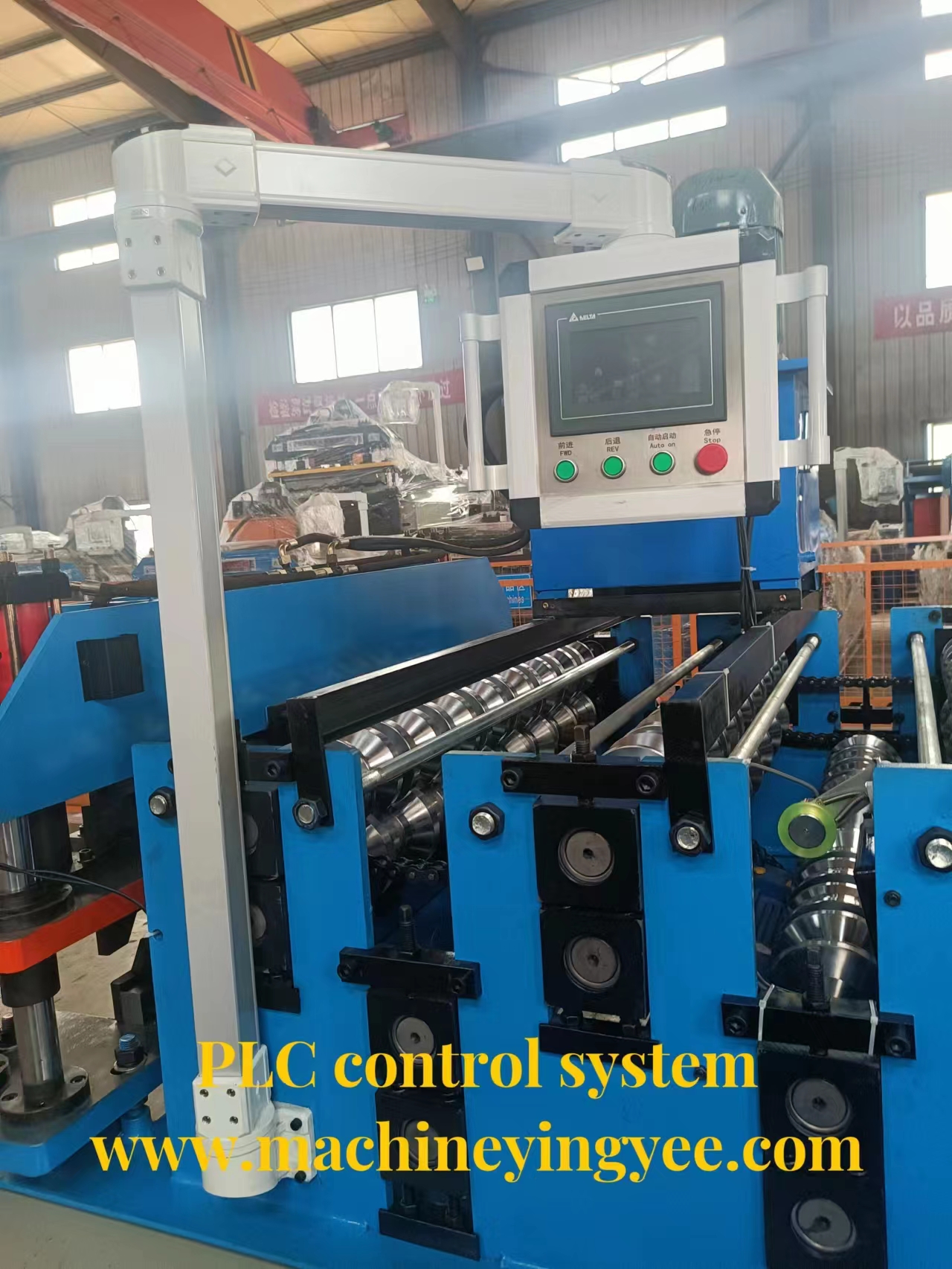
Understanding PPGI Prepainted Galvanized Coils
In recent years, the construction and manufacturing industries have seen a significant evolution in materials used for building and production. One such material that has gained immense popularity is PPGI, which stands for Prepainted Galvanized Iron. This versatile and durable material is transforming the way buildings are constructed, vehicles are manufactured, and numerous other applications are fulfilled. This article aims to explore the characteristics, benefits, and applications of PPGI to better understand its importance in modern industry.
What is PPGI?
PPGI is created by galvanizing steel coils with a layer of zinc to protect against corrosion and then painting them to enhance aesthetic appeal and provide additional protection. The process involves the continuous hot-dip galvanizing of steel, followed by the application of one or more layers of paint on the galvanized surface. The result is a product that combines the strength and durability of steel with the corrosion resistance of zinc and the aesthetic benefits of a colored finish.
Characteristics of PPGI
1. Corrosion Resistance One of the most significant advantages of PPGI is its resistance to corrosion. The zinc coating offers a protective layer that prevents the formation of rust, making it suitable for various environments, including coastal and industrial areas where moisture levels are high.
2. Aesthetic Appeal PPGI comes in a wide range of colors and finishes, allowing architects and builders to incorporate visually appealing designs into their projects. The paint can also be formulated to match specific branding requirements or aesthetic choices.
3. Durability PPGI is designed to withstand extreme weather conditions, including heavy rain, snow, and intense sunlight. Its durability ensures a long lifespan, making it cost-effective over time as it requires minimal maintenance.
4. Lightweight Compared to traditional building materials like concrete, PPGI is significantly lighter, which reduces the overall weight of structures. This characteristic can lead to savings in transportation and installation costs.
5. Eco-Friendly PPGI is recyclable, which contributes to sustainability efforts in construction and manufacturing. As industries increasingly focus on eco-friendly options, PPGI serves as a responsible choice.
Benefits of Using PPGI
The advantages of using PPGI are not limited to its physical properties. The benefits extend to economic and environmental dimensions

- Cost-Effectiveness Although the initial cost of PPGI may be higher than uncoated steel, its longevity, reduced maintenance needs, and energy efficiency can result in lower lifetime costs
.- Quick Installation The lightweight nature of PPGI allows for faster installation compared to heavier materials. This efficiency translates into reduced labor costs and shorter project timelines.
- Versatility PPGI is suitable for a broad range of applications, from roofing and wall cladding to manufacturing appliances and automotive parts. Its adaptability means it can meet a variety of industry requirements.
Applications of PPGI
PPGI's versatility makes it a sought-after choice in numerous sectors, including
1. Construction Used in roofing sheets, wall panels, and facade cladding, PPGI is prevalent in residential, commercial, and industrial buildings.
2. Automotive Industry PPGI is utilized in car manufacturing for parts like body panels and interior components, where both durability and aesthetics are critical.
3. Home Appliances The material is also found in household items, including refrigerators and washing machines, due to its corrosion resistance and appealing appearance.
4. Furniture PPGI can be seen in modern furniture designs, providing both structural integrity and aesthetic design elements.
Conclusion
In conclusion, Prepainted Galvanized Coils (PPGI) represent a significant advancement in materials used across various industries. With its exceptional durability, corrosion resistance, and aesthetic flexibility, PPGI is transforming construction and manufacturing processes. As the demand for sustainable and efficient materials continues to rise, PPGI is poised to play an integral role in the future of industrial applications. Its combination of functionality and design appeal makes it an invaluable resource in modern engineering and architecture.